Archives
- 2025-10
- 2025-09
- 2025-03
- 2025-02
- 2025-01
- 2024-12
- 2024-11
- 2024-10
- 2024-09
- 2024-08
- 2024-07
- 2024-06
- 2024-05
- 2024-04
- 2024-03
- 2024-02
- 2024-01
- 2023-12
- 2023-11
- 2023-10
- 2023-09
- 2023-08
- 2023-07
- 2023-06
- 2023-05
- 2023-04
- 2023-03
- 2023-02
- 2023-01
- 2022-12
- 2022-11
- 2022-10
- 2022-09
- 2022-08
- 2022-07
- 2022-06
- 2022-05
- 2022-04
- 2022-03
- 2022-02
- 2022-01
- 2021-12
- 2021-11
- 2021-10
- 2021-09
- 2021-08
- 2021-07
- 2021-06
- 2021-05
- 2021-04
- 2021-03
- 2021-02
- 2021-01
- 2020-12
- 2020-11
- 2020-10
- 2020-09
- 2020-08
- 2020-07
- 2020-06
- 2020-05
- 2020-04
- 2020-03
- 2020-02
- 2020-01
- 2019-12
- 2019-11
- 2019-10
- 2019-09
- 2019-08
- 2019-07
- 2019-06
- 2019-05
- 2019-04
- 2018-11
- 2018-10
- 2018-07
-
Therapeutic options targeting intrahepatic resistance are ve
2020-01-22
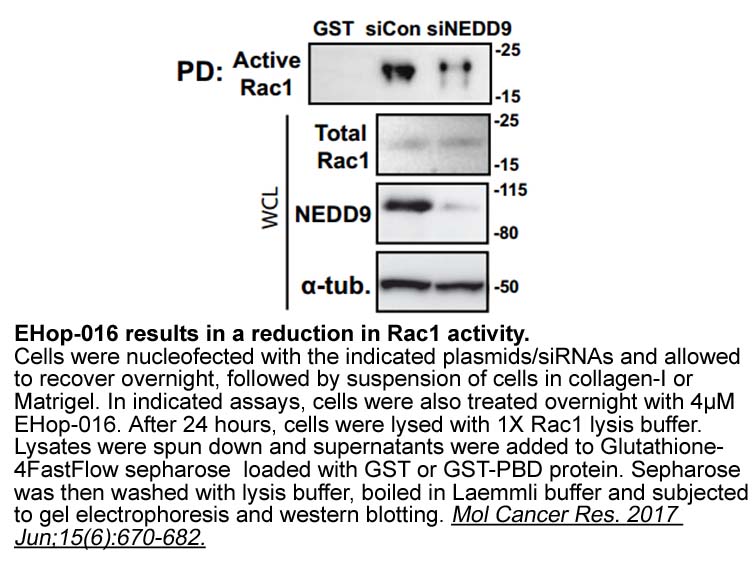
Therapeutic options targeting intrahepatic resistance are very limited. Theoretically, the NO-cGMP pathway may be influenced at several sites. Yet, most strategies did not reach clinical practice or yielded disappointing results, such as activators of soluble guanylate cyclase [14], NO releasing der
-
br Methods Ventricular cardiomyocytes from
2020-01-22
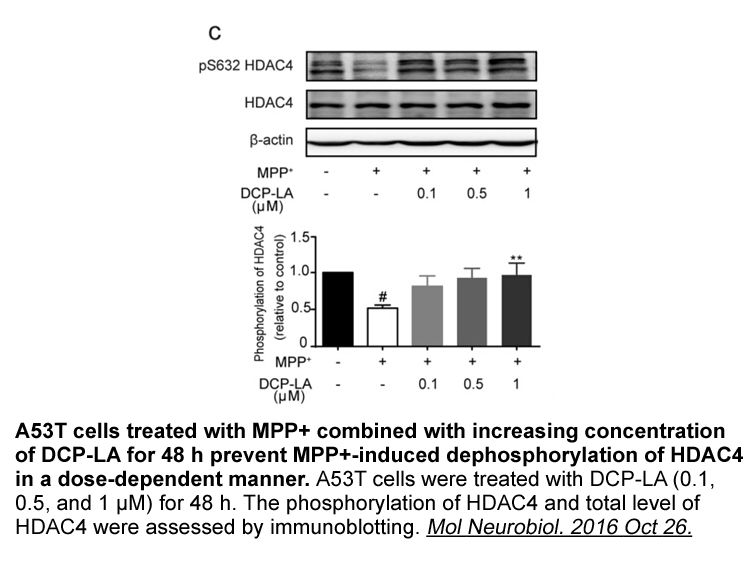
Methods Ventricular cardiomyocytes from adult male Wistar rats were isolated using a standard enzymatic digestion [11]. Cells were incubated at 37°C for 4 to 6h with Tyrode solution (in mM: 140 NaCl, 4 KCl, 1.1 MgCl2, 10 HEPES, 10 glucose, 1.8 CaCl2; pH7.4, with NaOH) supplemented or not with 10μ
-
br Introduction Epithelial mesenchymal transition EMT is a b
2020-01-22
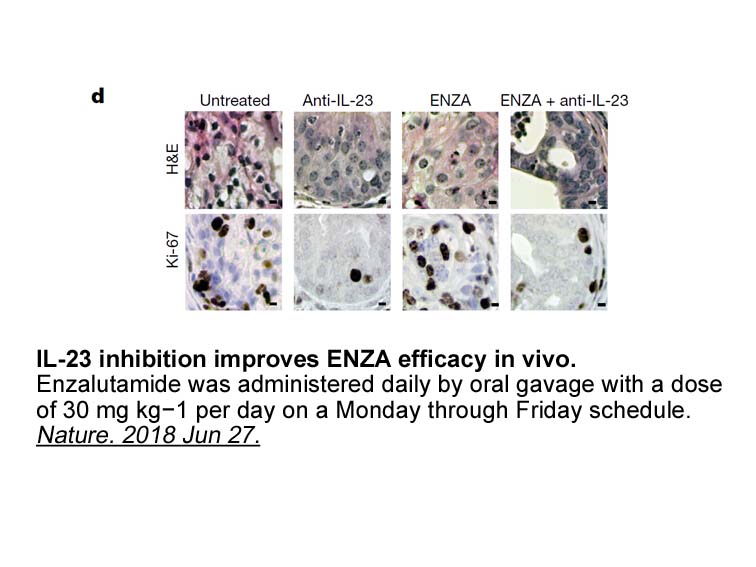
Introduction Epithelial-mesenchymal transition (EMT) is a biological process by which epithelial SR 59230A hydrochloride lose cell polarity and cell-cell adhesion, and gain mesenchymal features with an increase of migratory and invasive properties [1]. EMT is essential for mesoderm formation dur
-
br Conclusion br Declaration of interest br Introduction Gly
2020-01-22
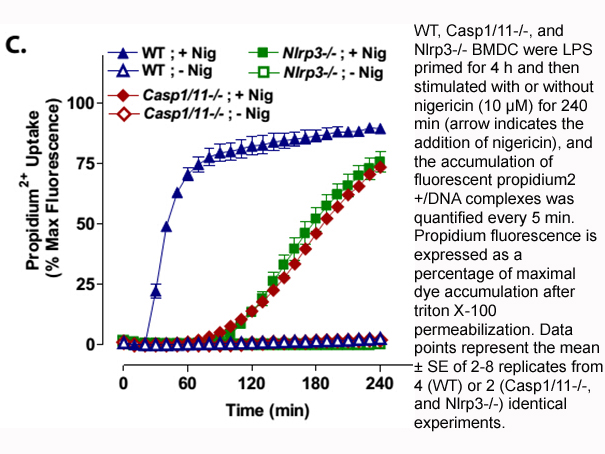
Conclusion Declaration of interest Introduction Glyphosate [N-(phosphonomethyl)glycine] is the main active ingredient in one of the most widely used herbicides in the world. The commercially used concentrations of glyphosate range from 1% for domestic use to 41% for conventional agricultura
-
CBiPES hydrochloride Several studies have demonstrated that
2020-01-22

Several studies have demonstrated that αSyn specifically associates with lipid rafts (Cole et al., 2002), raising the possibility that the perturbation of rafts can affect the aggregation and phosphorylation of αSyn (Fortin et al., 2004). Schneider et al. (2010) described the potential involvement o
-
SYN-117 As an endogenous negative modulator CRBN inhibits AM
2020-01-22
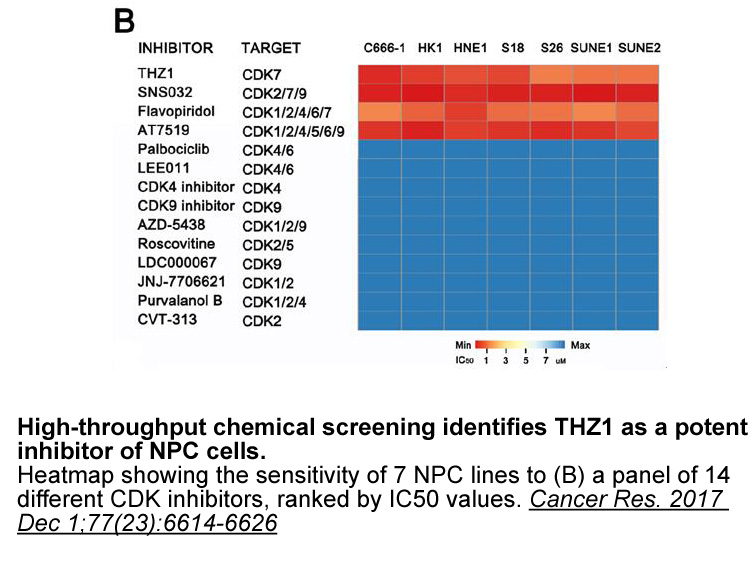
As an endogenous negative modulator, CRBN inhibits AMPK’s activation (phosphorylation of Thr172) by directly binding to the α-subunit of AMPK, disrupting γ-subunit recruitment to the AMPK complex (Lee et al., 2011, Lee et al., 2013). In our study, we did not focus on AMPK activation, since only a si
-
Our study provides proof of principle
2020-01-22
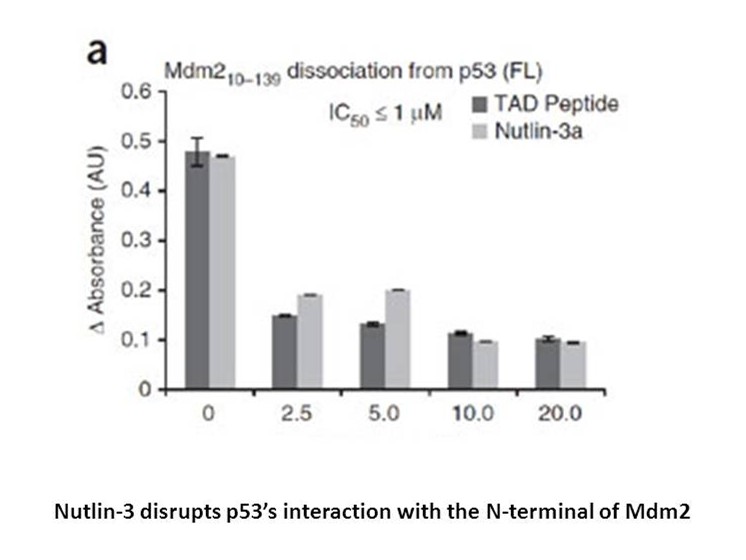
Our study provides proof of principle for dimerizing two different E3 ligases as a novel approach to inducing one ligase to degrade the other one. The outcome of ‘ligase versus ligase’ PROTAC-mediated activity might be unpredictable a priori, but could reveal a new mechanism for proximity-mediated h
-
mlkl These studies established IAP proteins as dimeric RING
2020-01-22
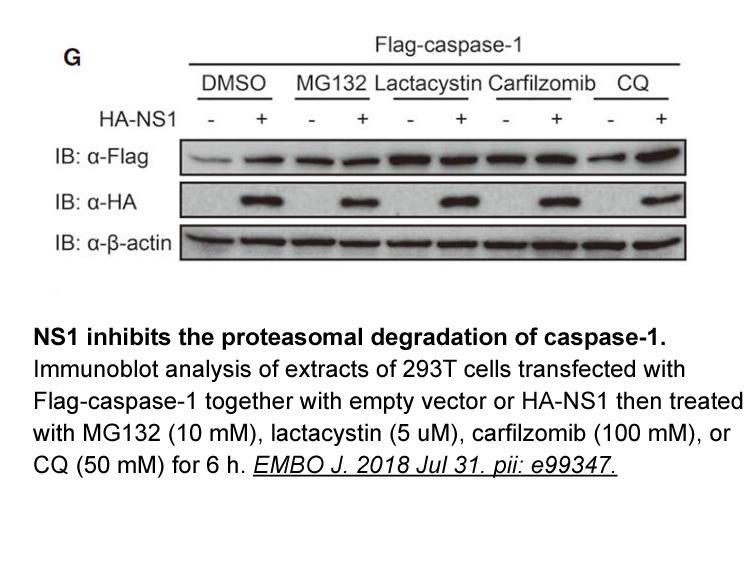
These studies established IAP proteins as dimeric RING E3 ligases, but did not account for the essential role of dimerization. In IAPs and related E3s, such as RNF4 and MDM2, dimerization not only depends on contacts from the core RING domain but also residues N- and C-terminal to the RING domain (B
-
Torin1 The involvement of FOXO and STAT in
2020-01-22
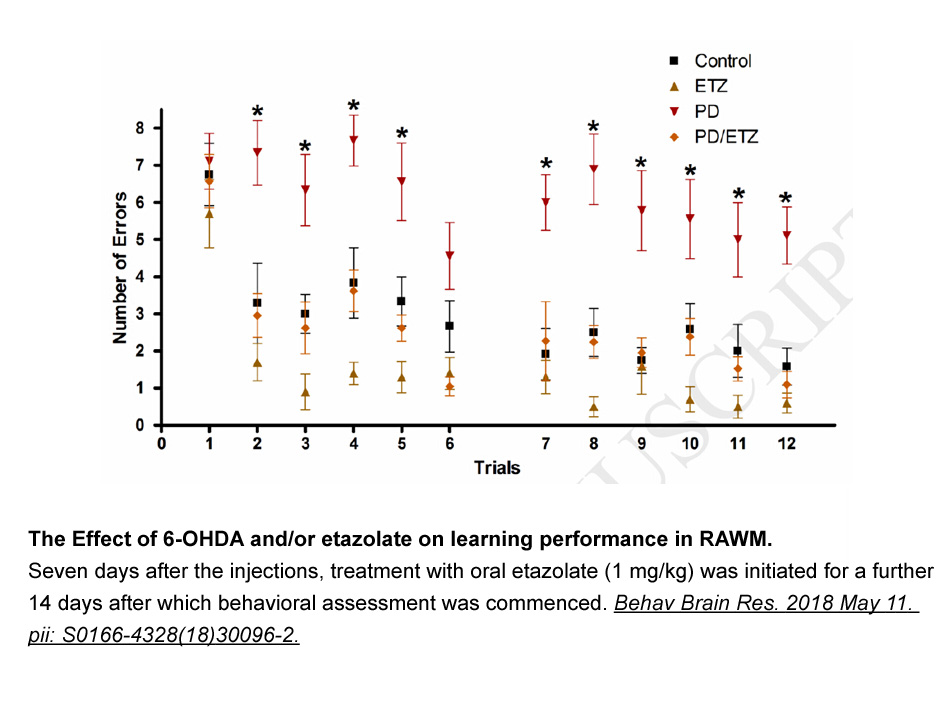
The involvement of FOXO3 and STAT5 in DNA-PKcs and Torin1 IV has not been reported before, and the search by the ECR browser (http://ecrbrowser.decode.org) revealed that 1kb of the 5′ promoter of DNA-PKcs possesses 4 STAT (−908bp to −901bp, −676bp to −656bp, −533bp to −526bp and −66bp to −59bp) and
-
br Introduction Noncanonical nucleoside triphosphates NTPs s
2020-01-21
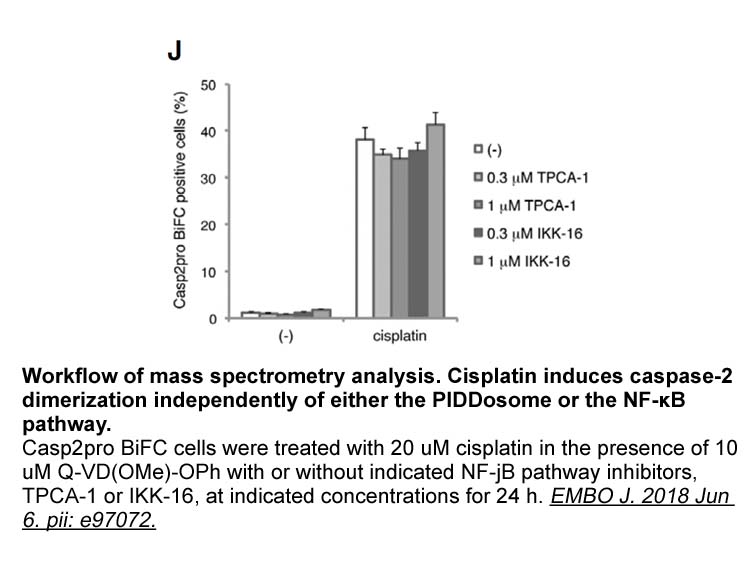
Introduction Noncanonical nucleoside triphosphates (NTPs; such as deoxyinosine triphosphate (dITP), deoxyxanthosine triphosphate (dXTP), 8-oxo-deoxyguanosine triphosphate, and 2-oxo-deoxyadenosine triphosphate are produced from oxidation, deamination, or other modifications of canonical nucleotid
-
Many studies have used paradigms based on animal
2020-01-21
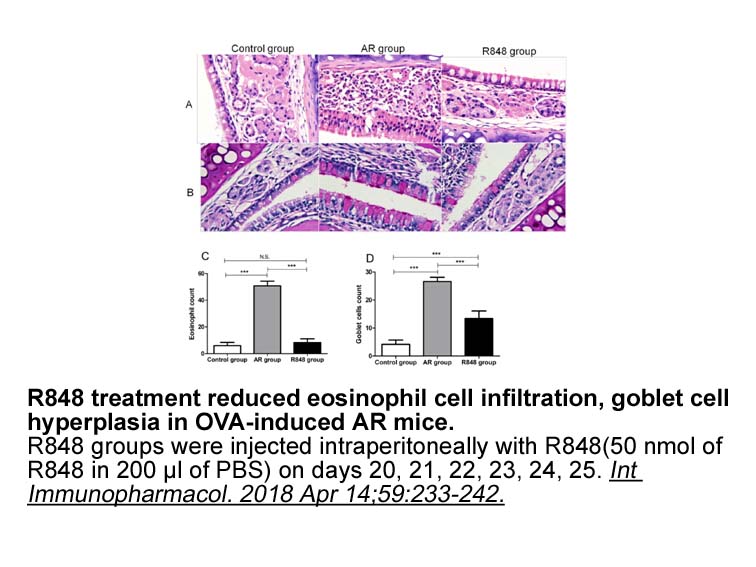
Many studies have used paradigms based on animal models to understand human emotional behavior because it appears to be correlated with fear- and anxiety-related defensive patterns in non-human mammals (Blanchard et al., 2001). In this case, defensive reactions are used to study the neural substrate
-
Analysis of DNA fragmentation We followed a
2020-01-21
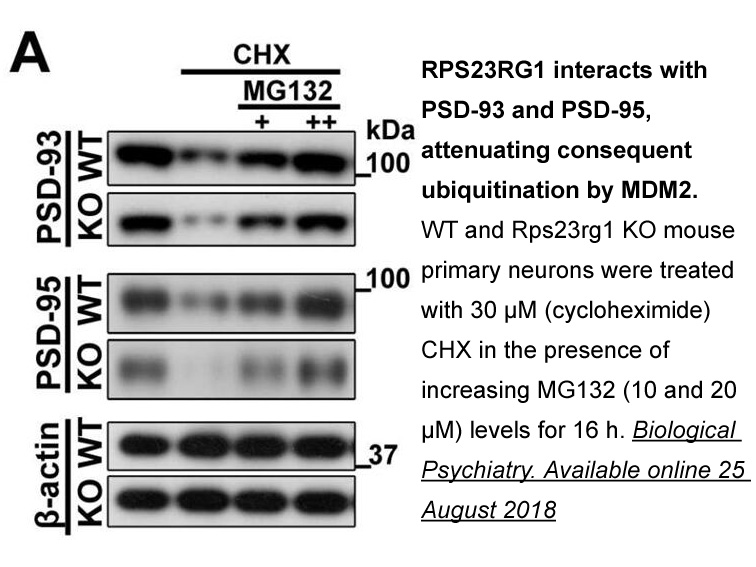
Analysis of DNA fragmentation. We followed a modified Hirt extraction procedure for analysis of DNA fragmentation. Cells were suspended in TNE buffer (1M NaCl, 20mM Tris–HCl, pH 7.4, 2mM EDTA, and 0.6% SDS) at a density of 106 cells/ml and incubated overnight on ice. The next day, cellular debris wa
-
Accumulating evidence suggests that certain
2020-01-21
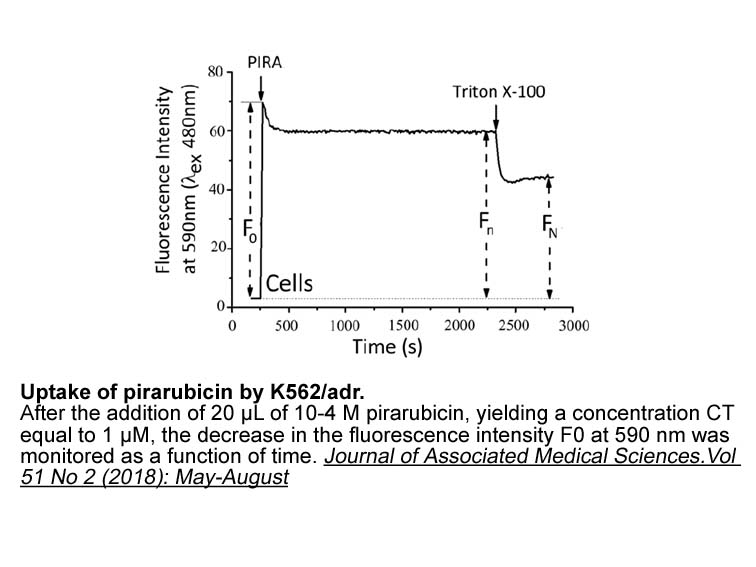
Accumulating evidence suggests that certain abnormal emotional traits, such as impulsive aggression and cluster B personality, are associated with suicidal behaviors (Currier and Mann, 2008, Mann et al., 2009, Rujescu et al., 2007, Turecki, 2005). Impulsive aggression appeared to be associated with
-
The compounds listed in Table Table Table Table
2020-01-21
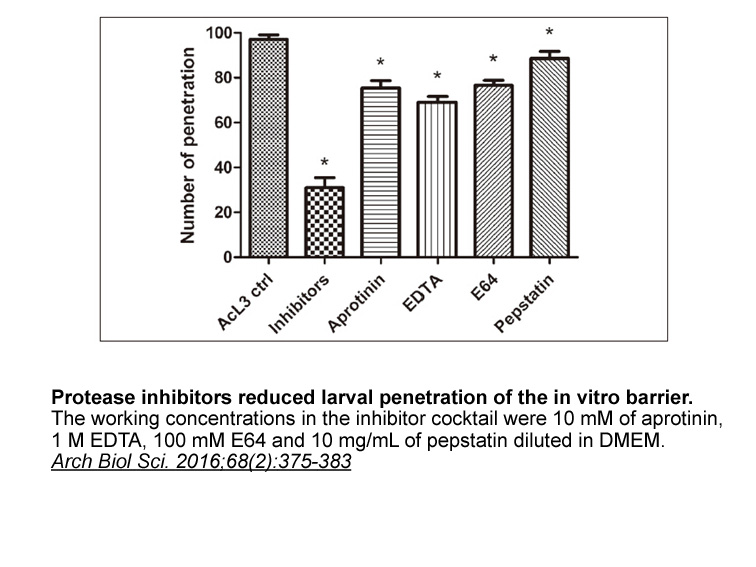
The compounds listed in Table 1, Table 2, Table 3, Table 4, Table 5 were biologically evaluated for their inhibition of the specific binding of a radiolabeled ligand [3H]PGE2 to membrane fractions prepared from cells stably expressing each mouse prostanoid receptor. The EP1 antagonist activity of th
-
The cpm corresponding to bound
2020-01-21
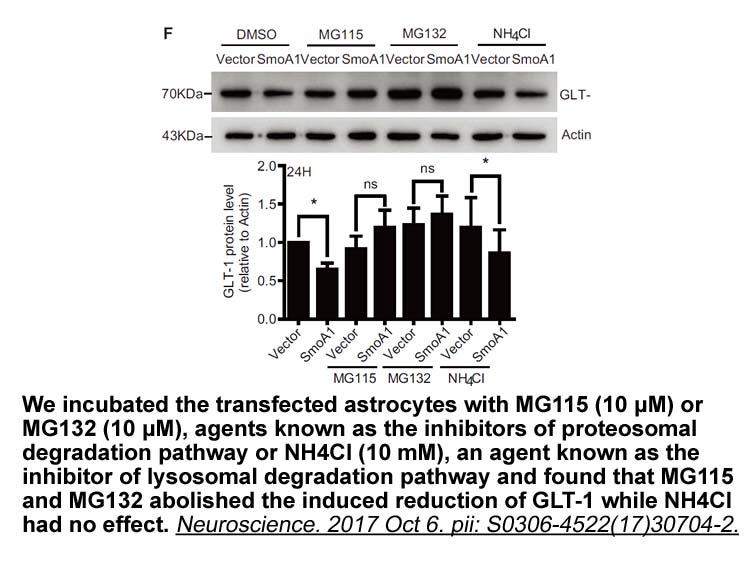
The cpm corresponding to bound substrate in the sample well can be expressed as the difference between the total cpm in the sample well (3Hswtotal; 14Cswtotal) and the cpm for the unbound substrate in the sample well, as illustrated by Eq. (2): By combining Eqs. (1), (2), cpm for the bound substrat
15964 records 886/1065 page Previous Next First page 上5页 886887888889890 下5页 Last page